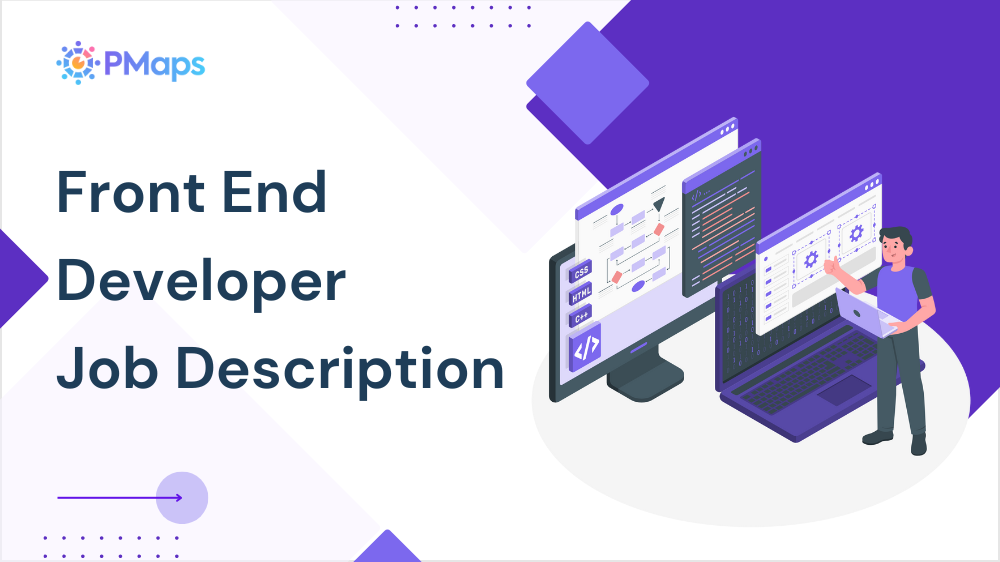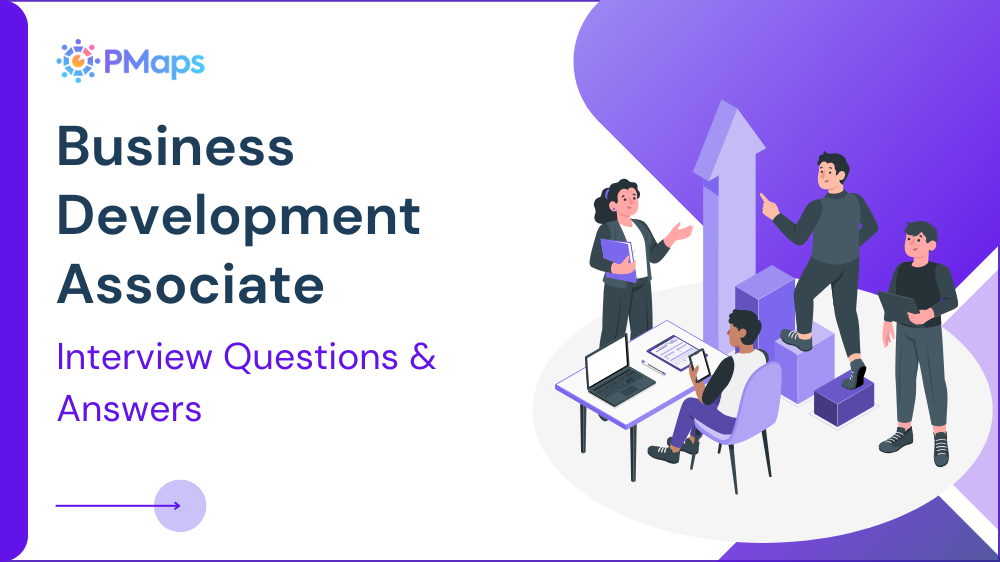.png)
A UI Developer is responsible for implementing the visual elements that users interact with across digital products. This role requires proficiency in front-end technologies such as HTML, CSS, and JavaScript, along with familiarity in UI libraries and frameworks like React, Angular, or Vue. UI Developers ensure that interfaces are responsive, accessible, and aligned with design specifications.
The position involves close collaboration with UX designers, backend developers, and QA teams to deliver consistent and user-friendly interfaces. Strong attention to layout, typography, and interaction design is essential, as is the ability to troubleshoot cross-browser or performance issues.
A UI Developer contributes not only to interface development but also to improving overall user experience by ensuring pixel precision, usability, and front-end performance best practices. This role often plays a bridge between design intent and technical implementation.
Roles & Responsibilities of a UI Developer
The UI Developer’s role is to bring digital products to life by making them look good and work well for the people who use them. It’s a mix of creativity and logic designing smooth experiences that feel natural on any screen. The focus is on real users, real actions, and real results. Below is a breakdown of core responsibilities for the role
- Design and implement user-centric interfaces using tools like Figma, Adobe XD, and front-end frameworks such as React or Angular—ensuring brand consistency across web and mobile (source: Nielsen Norman Group).
- Collaborate across product, design, and engineering teams to convert wireframes and design specifications into responsive and accessible code (source: Interaction Design Foundation).
- Conduct usability testing and analyze behavior data to improve UI performance and resolve pain points in user flows (source: Baymard Institute).
- Maintain and scale design systems by building reusable components and adhering to best practices in modular CSS and atomic design (source: Smashing Magazine).
- Ensure accessibility and performance optimization, aligning with WCAG guidelines and leveraging modern front-end tooling for speed and scalability (source: W3C).
Looking to hire not just a coder, but a UI thinker? Try our role based Interface developer assessment.

Objective of the UI/UX Developer Role
The UI/UX Developer role aims to unify design vision with front-end execution, ensuring digital products are not only functional but also user-friendly. This role plays a strategic part in enhancing customer satisfaction and digital accessibility. To achieve this, the role focuses on:
- Aligning user needs with product goals by converting visual concepts into accessible and responsive code.
- Bridging communication between design and development teams for a seamless implementation of creative ideas.
- Championing consistency in user interface behavior across platforms and device types.
- Improving front-end performance standards to support optimal speed, scalability, and responsiveness.
- Encouraging data-driven design improvements by integrating user insights into development decisions.
- Maintaining focus on usability and inclusivity through compliance with modern accessibility guidelines.
Qualification and Skills of UI Developer
To succeed as a UI/UX Developer, candidates must combine technical front-end expertise with a strong grasp of usability principles and collaborative design thinking. This role requires both attention to visual detail and performance-focused execution. Ideal candidates should bring:
- Bachelor’s degree in Computer Science, HCI, or a related field with relevant hands-on project or product experience.
- Proficiency in HTML5, CSS3, and JavaScript, with experience in one or more modern frameworks (React, Angular, or Vue).
- Working knowledge of UX design tools like Figma, Sketch, or Adobe XD to interpret and adapt design prototypes.
- Understanding of accessibility standards (WCAG, ARIA) and ability to implement inclusive design practices.
- Familiarity with Git and collaborative workflows to integrate seamlessly within Agile or cross-functional teams.
- Strong problem-solving skills with the ability to debug UI issues and suggest data-driven enhancements.
Still using outdated UI interview question scripts? Let’s upgrade your playbook with our relevant question bank

Perks and Benefits of the UI/UX Developer Role
This position offers more than just a place in the product team; it brings opportunities to learn, grow, and make an impact where design meets technology. A UI Developer gets to solve real user problems, contribute to visual innovation, and stay ahead of trends all while enjoying meaningful workplace advantages. Expected perks:
- Hybrid and flexible work arrangements that support work-life balance and focused delivery.
- Access to cutting-edge tools and design systems that empower innovation and experimentation.
- Learning stipends or sponsored certifications to keep your front-end and UX skills current.
- Inclusive team culture with regular design critiques, dev retros, and collaborative road mapping.
- Performance-linked incentives and bonuses based on usability outcomes and project impact.
- Healthcare and wellness packages tailored for physical, mental, and digital wellbeing.
Tips for Employers to Craft an Effective UI Developer Job Description
A successful UI Developer job description should balance creativity and clarity. Candidates in this space look for roles where design thinking meets real world implementation and where collaboration isn’t just a buzzword. Here are some tips to attract top tier talent:
- Many developers specialize either in UI or UX, so clearly communicate if you require both skill sets or have team support for each.
- Mention the tools, libraries, and collaboration platforms your team uses (e.g., Figma + React or Agile + Design Sprints).
- UI developers value roles where they can influence decisions, not just translate static mockups.
- Mention if the developer will work on high traffic interfaces, product redesigns, or contribute to company wide UX goals.
- Instead of listing vague traits like “go-getter” or “rockstar,” focus on tangible skills and project outcomes.
- Clearly state who the role reports to and who they'll work alongside (designers, PMs, QA engineers).









